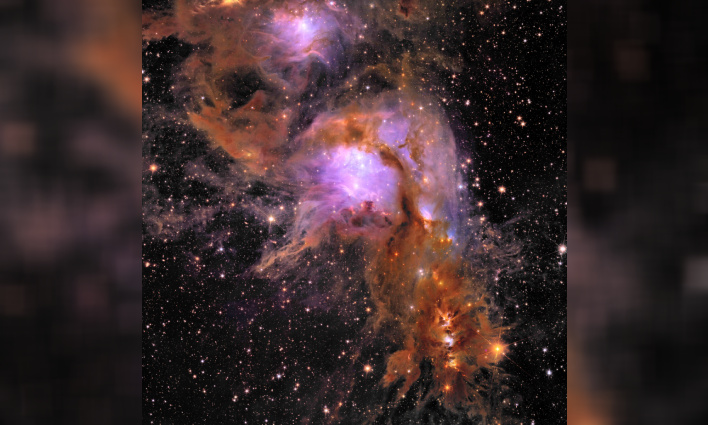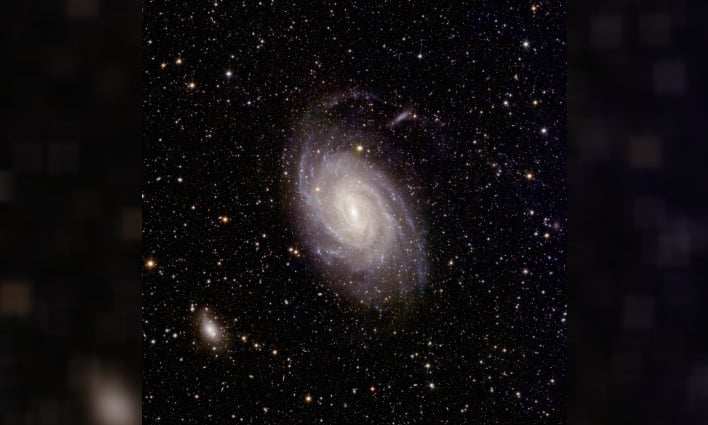ESA Euclid Telescope Captures Dazzling First Look At The Dark Universe
ESA’s Euclid telescope is on a mission to explore the composition and evolution of the dark Universe. The space agency plans on creating a great map of the large-scale structure of the Universe across space and time by observing billions of galaxies out to 10-billion light-years, or more than a third of the sky. These initial images are only an inkling of what Euclid is expected to produce, with much more to come.
“Euclid is a unique, ground-breaking mission, and these are the first datasets to be made public – it’s an important milestone,” remarked Valeria Pettorino, ESA’s Euclid Project Scientist. “The images and associated science findings are impressively diverse in terms of the objects and distances observed. They include a variety of science applications, and yet represent a mere 24 hours of observations. They give just a hint of what Euclid can do. We are looking forward to six more years of data to come!”
One of the more breathtaking images received from Euclid is that of Messier 78 (see image above), a nursery of star formation enveloped in a shroud of interstellar dust. It is also the first image of this young star-forming region at this width and depth. ESA remarked that Euclid’s sensitive instruments can detect objects just a few times the mass of Jupiter, and its visible and infrared instruments can reveal over 300,000 new objects in this view of Messier 78 alone.
Another dazzling image captured by Euclid is that of NGC 6744 (see below), one of the largest spiral galaxies beyond the Milky Way. The space telescope’s large field-of-view covers the entire galaxy, unveiling not only the spiral structure on larger scales, but also capturing “exquisite detail on small spatial scales,” according to the ESA. This observation will allow scientists to not only count individual stars within NGC 6744, but also trace the wider distribution of stars and dust within the galaxy.
“The beauty of Euclid is that it covers large regions of the sky in great detail and depth, and can capture a wide range of different objects all in the same image – from faint to bright, from distant to nearby, from the most massive of galaxy clusters to small planets,” explained ESA Director of Science, Professor Carole Mundell. “We get both a very detailed and very wide view all at once. This amazing versatility has resulted in numerous new science results that, when combined with the results from Euclid’s surveying over the coming years, will significantly alter our understanding of the Universe.”
The early images shared by ESA from Euclid were captured in an astonishing single day. It revealed over 11 million objects in visible light and 5 million more in infrared light. It will be exciting to see what else this incredible telescope will unveil in the near future.




